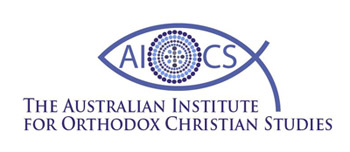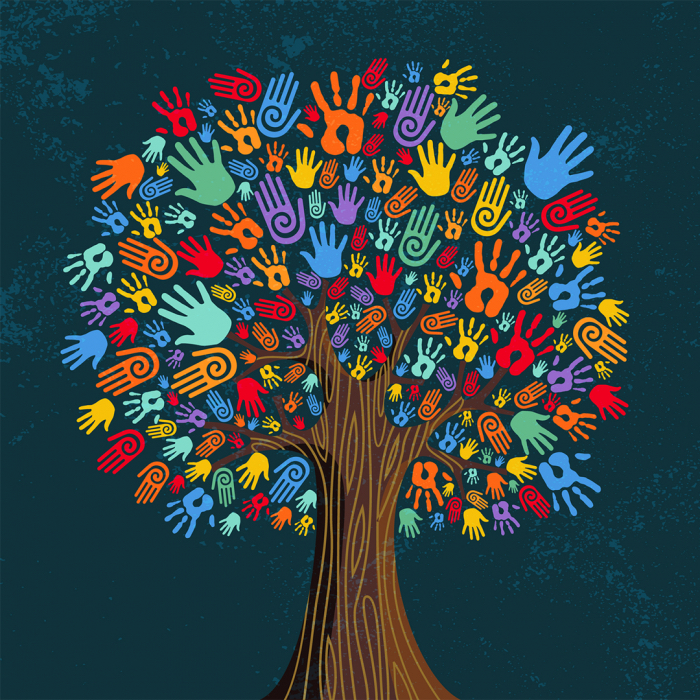by Zenaida Dunlop
I ask not only on behalf of these [disciples], but also on behalf of those who will believe in me through their word, that they may all be one. As you, Father, are in me and I am in you, may they also be in us, so that the world may believe that you have sent me. The glory that you have given me I have given them, so that they may be one, as we are one, I in them and you in me, that they may become completely one, so that the world may know that you have sent me and have loved them even as you have loved me. Father, I desire that those also, whom you have given me, may be with me where I am, to see my glory, which you have given me because you loved me before the foundation of the world. Righteous Father, the world does not know you, but I know you; and these know that you have sent me. I made your name known to them, and I will make it known, so that the love with which you have loved me may be in them, and I in them (John 17:20-26).
Just before giving himself up to be arrested, and ultimately crucified, Jesus prays for oneness for his disciples, then, in the finale of the above excerpt, for all who will believe because of their testimony, that is, for us! In some sense, it is Jesus’ last will and testament, his last wishes for all who will be left in the world.
After many years of church-going, innumerable sermons, Bible studies etc etc, it is so very easy to become like the Pharisees (Matthew 23:23); fixated on the minute details of fasting and not crossing one’s legs in church, and forgetting the “weightier matters … justice and mercy and faith.” In pondering The Twenty-Fourth Sunday after Pentecost, in Reading Scripture in the Orthodox Church: The Sunday Cycle (hereafter, RS; 69-70) by D. Costache, I was refocussed on the Gospel as “the good news of unity.”
It is the cross of Christ that is the new foundation for the unity Jesus prays for in John 17. “What comes first is the cross of Christ, which demolishes the walls of separation, its two axes connecting the horizontal dimension of the created with the vertical dimension of God’s kingdom” (RS). The vertical axis is seen in Jesus’ prayer to his Father, as he speaks of leaving the world and coming to his Father, to be glorified in his presence. He also says “All mine are yours, and yours are mine; and I have been glorified in them” (John 17:10). He is the glorified One, fully God, fully human.
The horizontal axis “amounts to gathering all people together in one’s heart, in equal compassion for all, regardless of who or what they are” (RS). The divisions that we so easily see “ethnicity, culture, language, tradition, religion, social status, politics, age and gender—all these factors of division—no longer have the power to tear us apart” (RS). So why do they? Because “the cross of Christ, when internalised by believers, brings hope to the hopelessly divided humankind, which is unable to find peace on its own” (RS). It is those who believe in Christ, those who do “internalise the message of the cross by loving all people equally,” who, in this way “have access to the uncreated life of the Holy Trinity” (RS).
For a number of years, Mrs Zenaida Dunlop worked as a medical doctor. She is a trained theologian and an Orthodox Christian living in Melbourne.
9 November 2021 © AIOCS
Check out Zenaida’s essay Change of Mind.
AIOCS LTD is a not-for-profit charitable organisation that promotes the study of Orthodox Christianity, Eastern and Oriental, in Australia
For donations, please go to https://www.paypal.com/paypalme/aiocsnet or contact us at info@aiocs.net


